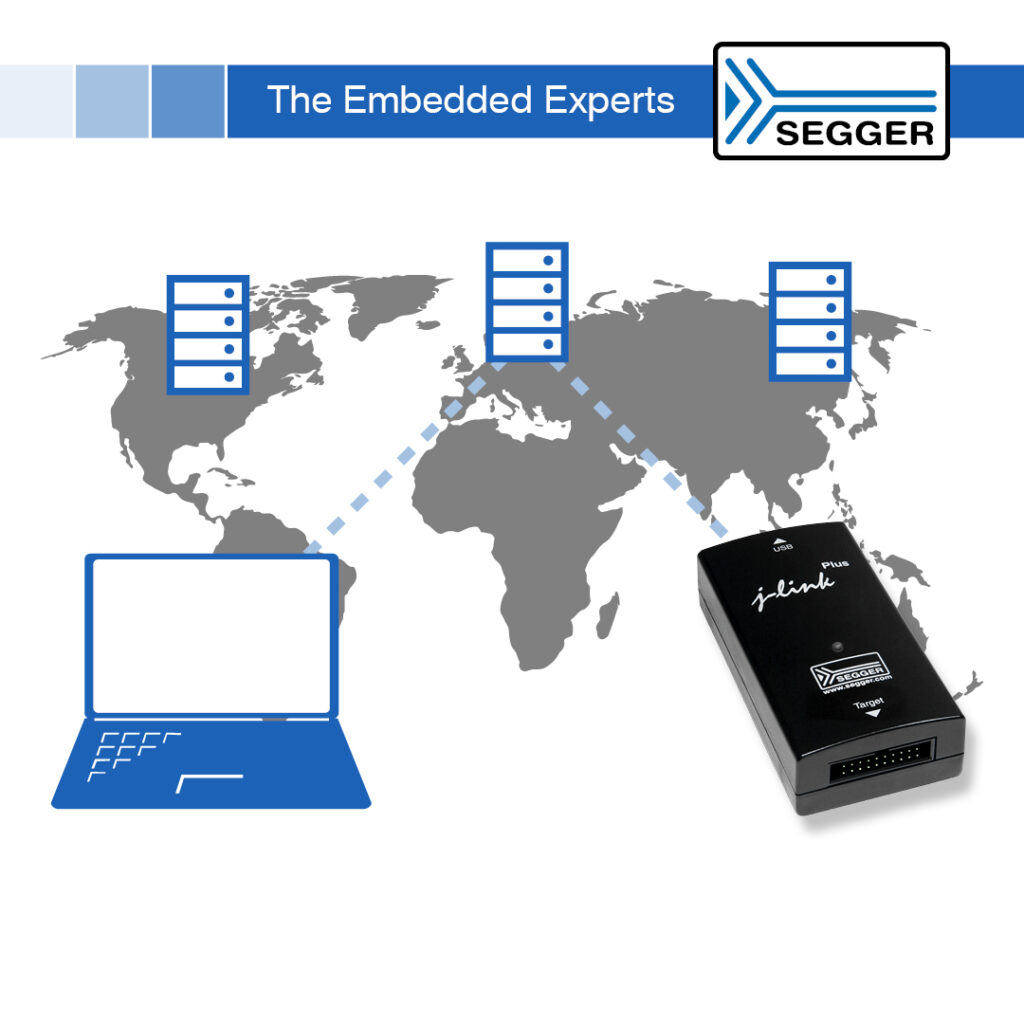Monheim am Rhein, Germany – January 7th, 2021
SEGGER adds quad mode programming for QSPI Flashes to its universal flash programmer, maximizing programming speed for production environments.
Flasher PRO ensures that the time gained using 4-pin transfer translates directly to increased productivity. Operating in either PC-based or stand-alone mode, the Flasher PRO reaches the theoretical minimum programming time of the QSPI device itself.

“With SEGGER Flasher PRO, the hardware’s the limit,” says Ivo Geilenbrügge, Managing Director of SEGGER. “The only way to make programming even faster was for us to add support for quad mode. So we did! Flasher PRO doesn’t waste any time.”
QSPI Flashes are very popular in Embedded Systems for program and data storage, even combined on the same device. As capacities increase, now up to 128MBytes, programming speed has become even more important, especially in mass production.
Flasher PRO is very easy to set up and operate using the software which is available cross-platform, for Windows, macOS, Linux for Intel and Linux for ARM processors. It can be operated stand-alone with the push of a button, controlled from a PC, or controlled remotely. In larger production environments, it usually “gangs up” with other Flasher PROs to program multiple devices simultaneously.
About Flasher PRO
SEGGER Flasher PRO is designed from the ground up to be a fast and universal flash programmer. It supports the programming of microcontrollers or SoCs via their debug interface or dedicated programming interfaces, as well programming external QSPI Flashes. These QSPI Flash memories can be programmed indirectly, via the microcontroller/SoC, or directly, by connecting to the pins of the QSPI Flash.
Small-series and mass production environments equally benefit from the reliability and performance of SEGGER’s in-circuit-programming solution. SEGGER’s production programmers are designed with multiple communication interfaces, making them easy to integrate into any production environment.
Mass production environments, automated test equipment (ATE) and other production control units can easily access the Flasher for programming. This may include unique serial numbers and patch data. Small series runs can be automatically programmed by connecting a standard PC to the Flasher or even manually by the simple push of a button on the Flasher.
